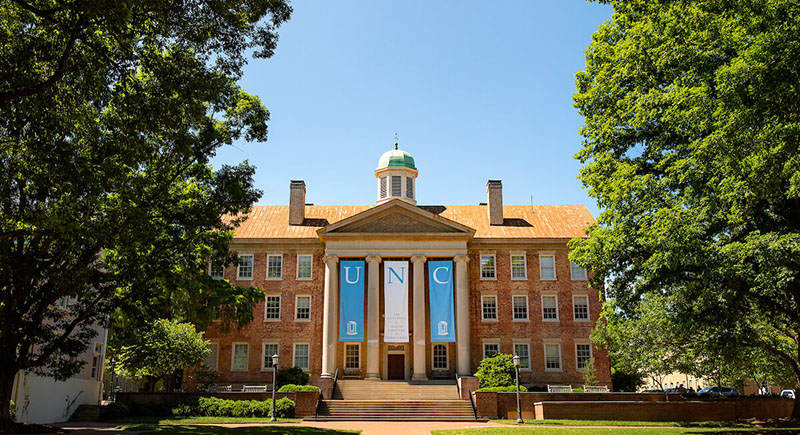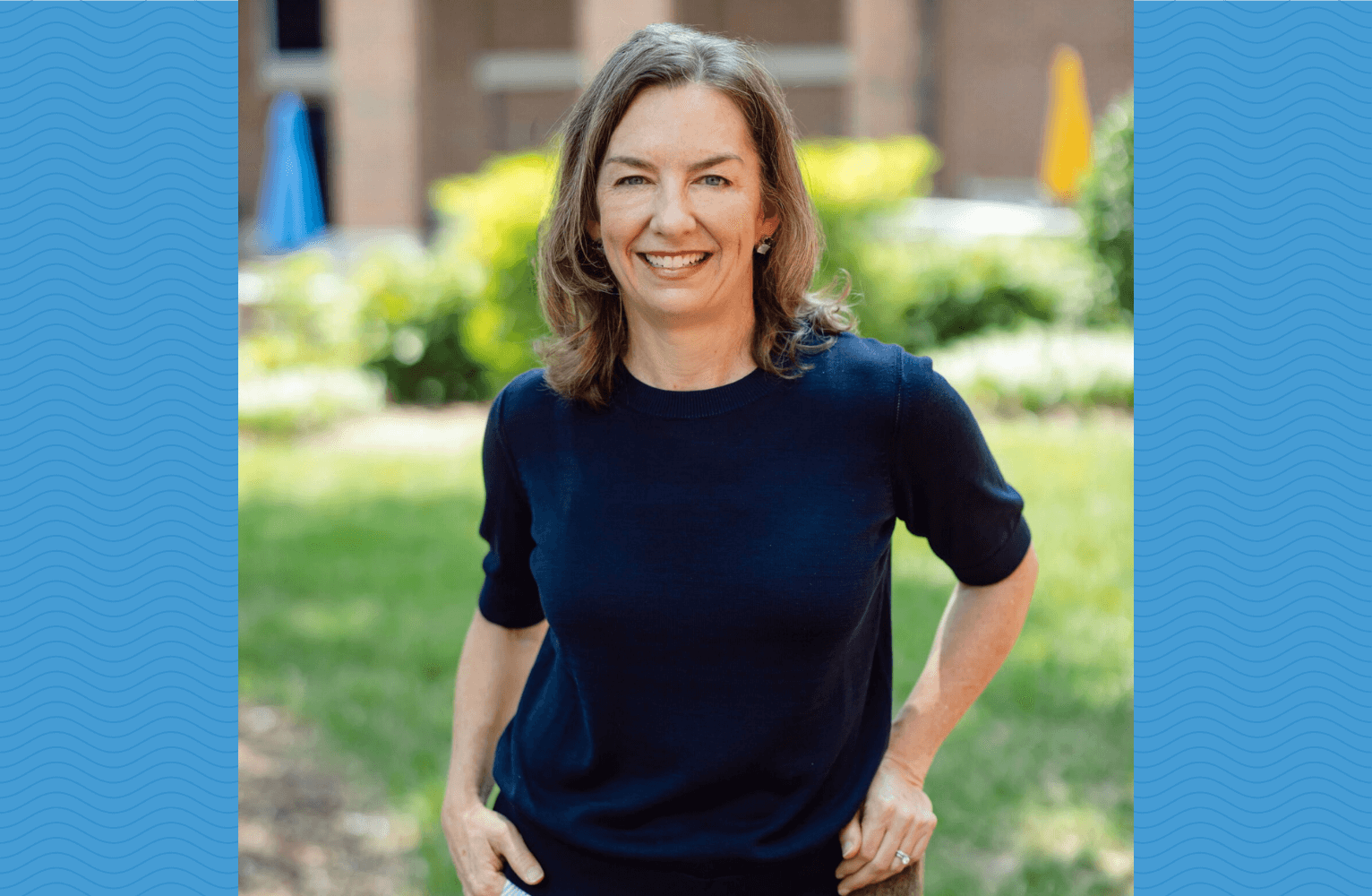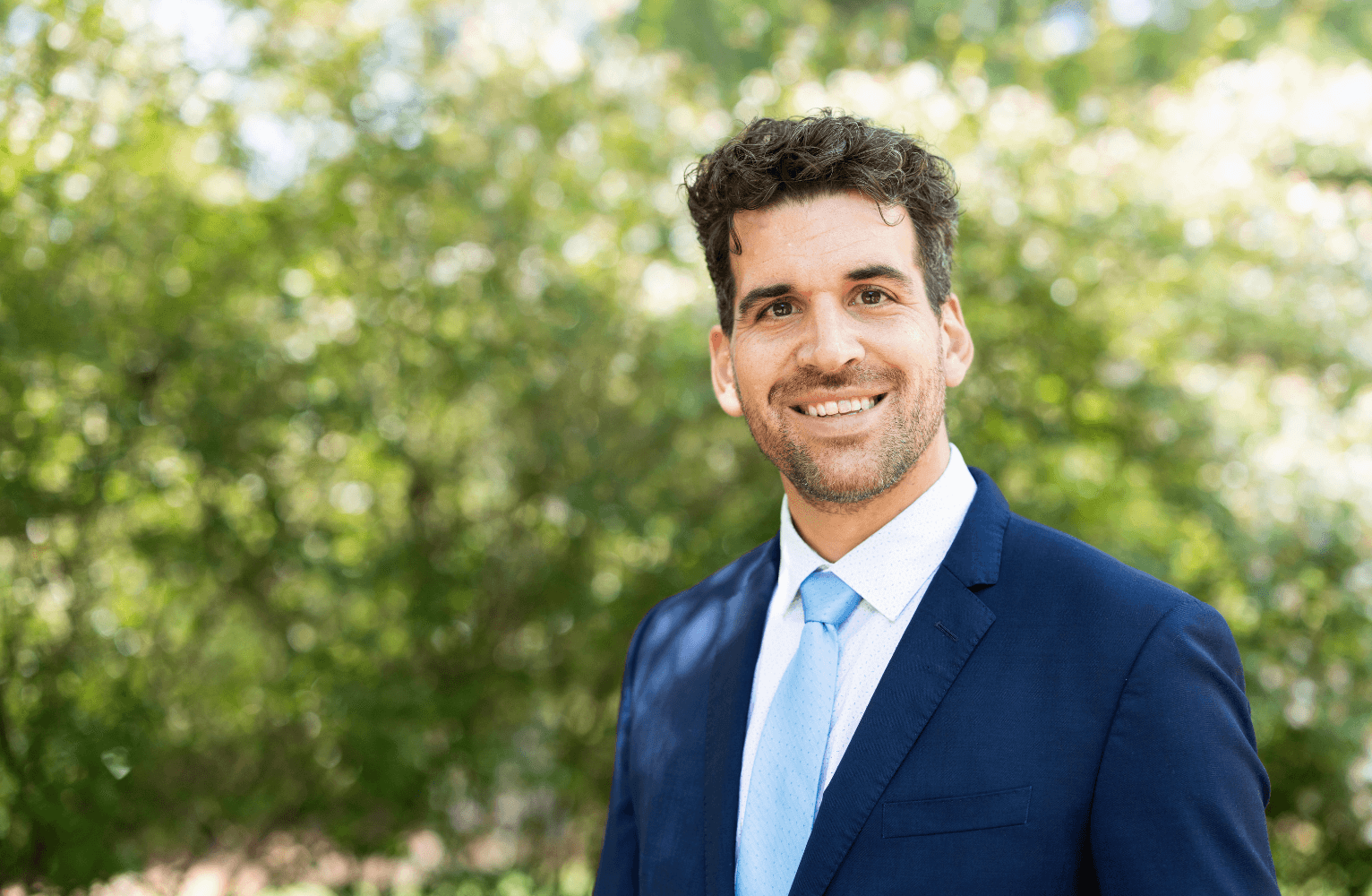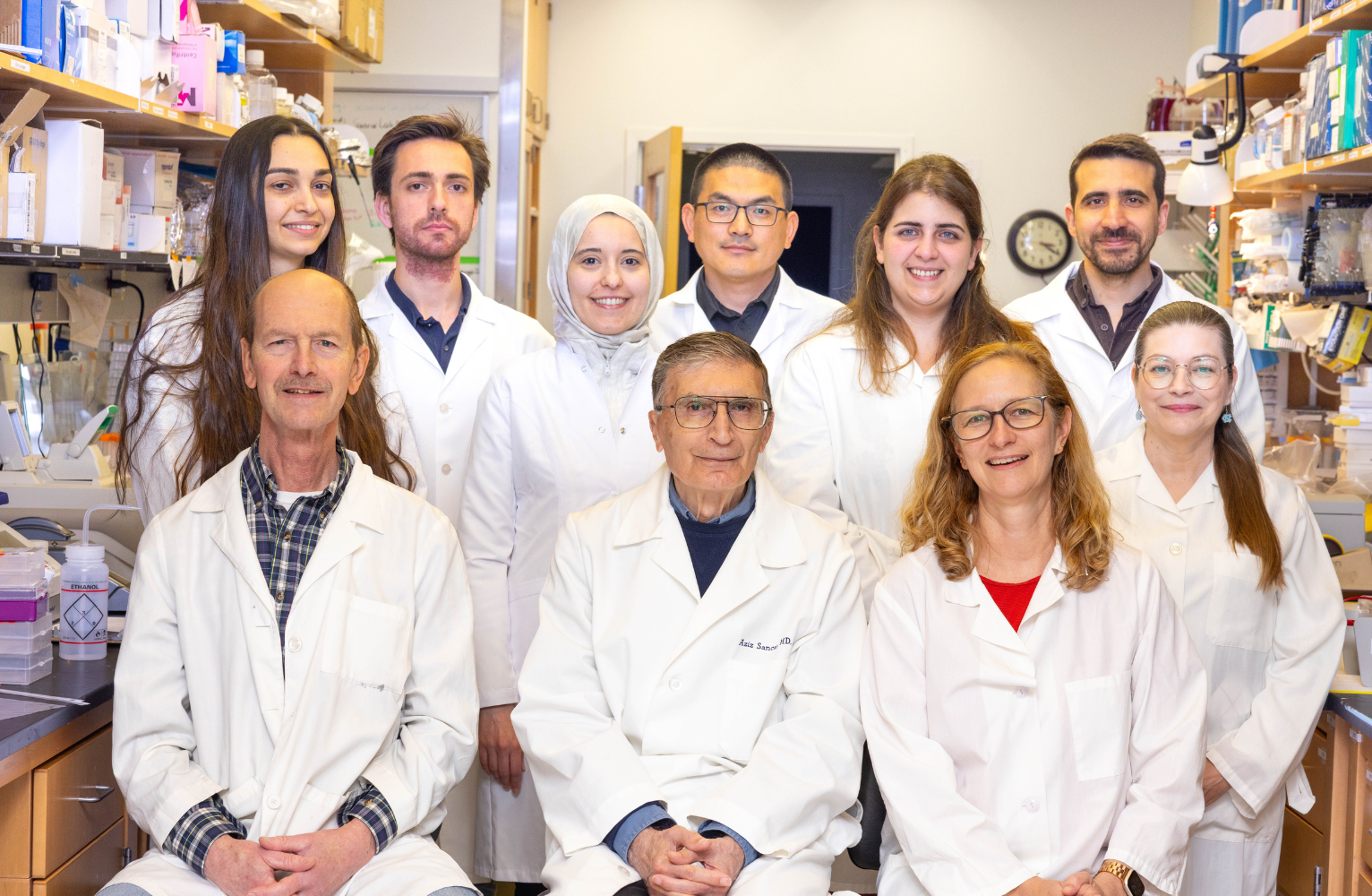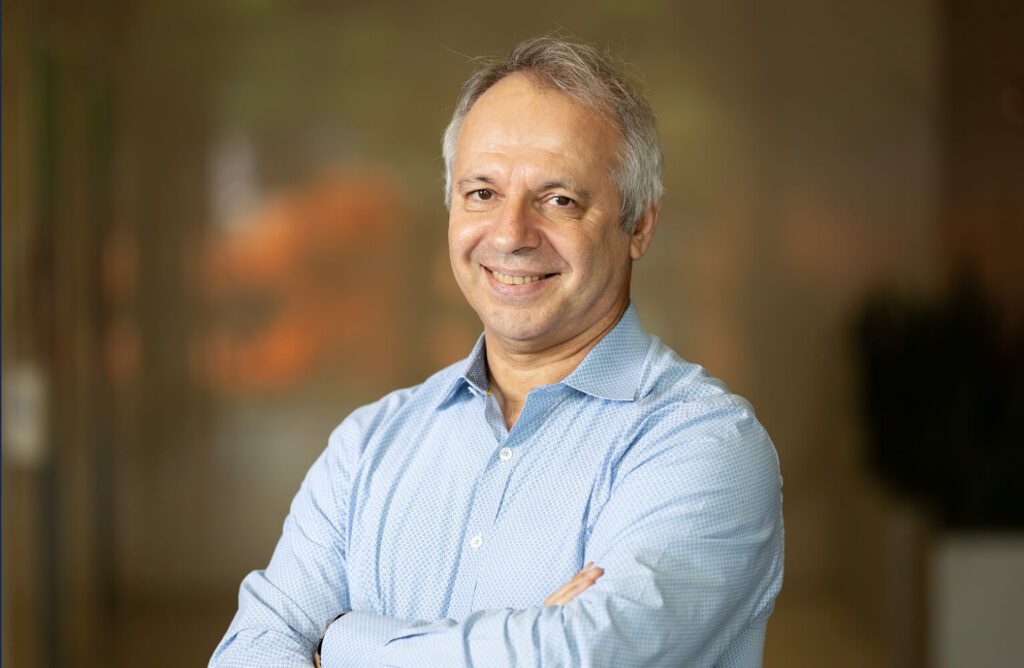
Photo credit: Alyssa LaFaro, UNC Research
Alexander Tropsha, K.H. Lee Distinguished Professor in the Eshelman School of Pharmacy and chief domain scientist for molecular informatics at RENCI, discusses how machine learning and AI tools are improving drug discovery efforts.
Alexander Tropsha always knew that he wanted to help discover new drugs using computational methods. While at Moscow State University in Russia, he trained in a chemistry program, specializing in the computational aspects of the field. Then, he joined the UNC School of Pharmacy in 1991 as a post-doctoral researcher, working in the Molecular Modeling Lab, which he now leads. In describing his career trajectory, Tropsha explains, “I started as a computational chemist, but over the years, as computing has become so much more involved, I’ve become more of a data scientist who specializes in molecular data.”
Tropsha doesn’t try to neatly categorize his work within one discipline, though. His lab specializes in cheminformatics, or the use of computer technology to analyze chemical data, and collaborates with researchers from across campus as well as nationally and internationally. Tropsha himself has appointments in five different departments at the University. His lab develops algorithms that are used to analyze databases containing previously collected knowledge about millions of molecules, searching for the new ones that are the best candidates for drug testing.
Why is cheminformatics – and specifically the use of machine learning and AI tools – necessary in drug discovery work?
TROPSHA: In computation, there’s something called Moore’s Law. It’s a rule that about every two years the production of transistors will double, while the cost goes down. But, in the pharmaceutical industry we see the opposite, the cost of drug discovery continues to grow, while the number of approved drugs remains flat. Someone described this as Eroom’s (the inverse of Moore’s) Law – and we seek to transpose it back by using a full arsenal of computational tools to process the billions of data that exist on molecules, and forecast a much smaller number of drug candidates that should be prioritized for chemical synthesis and biological testing.
None of our work is done in silos, though. We work with medicinal chemists at the Structural Genomics Consortium to make sure that our algorithms have been validated in the lab. My lab also strives to be an example of convergent research. We bring together chemists, materials scientists, pharmacologists, toxicologists, computer scientists and more, with each person contributing unique expertise, but everyone converging to solve problems in drug discovery.
This work is already making a difference in the real-world. A number of drugs currently in the pipeline were discovered through the use of AI. And a recent study asserted that drugs identified by AI have a 90% success rate in Phase 1 clinical trials, which is far better than the success rate of traditionally discovered drugs. However, once drugs reach Phase 2 clinical trials, only 40% of those drugs succeed, whether discovered by AI or traditional discovery methods. The next frontier of cheminformatics will be integrating clinical trial data to understand which chemical features predicate success of drug candidates when studied in the human population, so that we can better predict which drugs will be successful once they progress beyond Phase 1 clinical trials.
I think this is one of the most noble and important uses of AI today. The methodology and tools that have been developed in my lab and many others have accelerated the pre-clinical phase of drug discovery fairly dramatically, and things will only improve as the algorithms become smarter and as data quality improves. Given its world-class research programs in computer science, medicinal chemistry, and pharmacology, it will be extremely beneficial for UNC-Chapel Hill to invest in AI applications that aid drug discovery research.
Distinguished professorships support renowned scholars and propel research at Carolina. These privately funded endowments help attract and retain the academic leaders of today, ensuring a state-of-the-art education for all Tar Heels.
As told to Audrey Smith ’10
Related Stories
